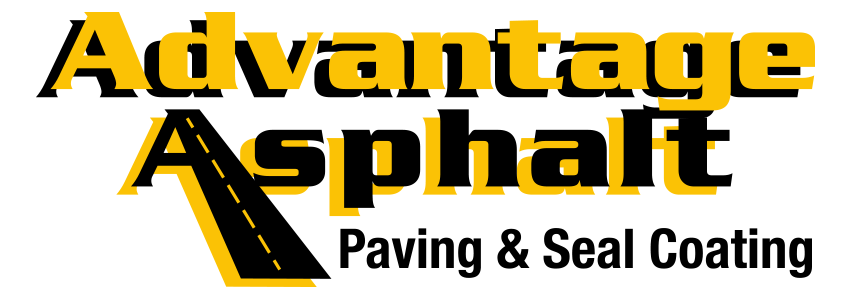Driveways take a beating over the years. Between rain, snow, sun, and heavy vehicles, even the best asphalt won’t last forever. And while a few cracks might seem harmless, they can be the tip of the iceberg. Repaving isn’t something most homeowners look forward to, but ignoring the signs could lead to bigger, more expensive repairs down the road. So how do you know when it’s time to stop patching and start fresh? Let’s walk through five red flags that it’s probably time to repave.
1. Your Driveway Has Deep Cracks or Spiderweb Patterns
A few surface cracks here and there are normal, but once you start noticing larger, deeper cracks—especially those forming widespread “alligator” or spiderweb patterns—it’s time to act. These cracks signal that the asphalt’s structure is breaking down. Water can seep through, freeze in the winter, and expand, making things worse. At this point, sealcoating or patching won’t do the trick. Repaving provides a fresh surface that seals out moisture and resets your driveway’s structural integrity.
2. Potholes Are Becoming a Common Sight
If your driveway’s starting to resemble a game of hopscotch thanks to potholes, it’s time to take a closer look. Potholes don’t just form on highways—they happen in residential driveways too. They’re usually caused by water getting underneath the pavement, softening the base, and then collapsing under the weight of vehicles. Besides being rough on tires and suspensions, potholes can trip people and cause drainage issues. If patching keeps failing, a repave is usually the smarter investment.
3. You’re Seeing Drainage Problems or Standing Water
After a good rain, does water pool in certain spots instead of draining off the surface? That’s a clear sign your driveway’s grade is off—or the base has shifted. Poor drainage doesn’t just shorten your asphalt’s lifespan; it’s also a sign that the foundation might be compromised. Once the base is unstable, no surface fix will hold up for long. Repaving allows your contractor to regrade and rebuild the base, so water flows where it’s supposed to.
4. The Surface Looks Worn, Faded, or Crumbling
Over time, exposure to sunlight and weather wears down the binders in asphalt, causing it to fade and lose flexibility. A gray, brittle, or crumbling surface means your driveway has reached the end of its functional life. It’s not just about looks—it’s a structural warning. While sealcoating helps preserve younger driveways, it won’t reverse years of damage. Repaving restores that dark, smooth finish while adding years of durability.
5. Repairs Are Becoming Frequent (and Costly)
If you find yourself calling for patching, sealing, or quick fixes every year, you’re likely throwing money at a driveway that’s past its prime. A full repave might feel like a bigger investment upfront, but it’s usually more cost-effective in the long run—especially if you’re dealing with multiple issues across the entire surface.
If you’re seeing any of these signs, don’t wait for things to get worse. Explore your options with our expert asphalt paving services, get insight into long-term value with our driveway paving solutions, learn how driveway maintenance can extend your new surface’s lifespan, or contact us today for a free on-site estimate. We’ll help you decide if it’s time to repave—or just repair—and guide you every step of the way.

